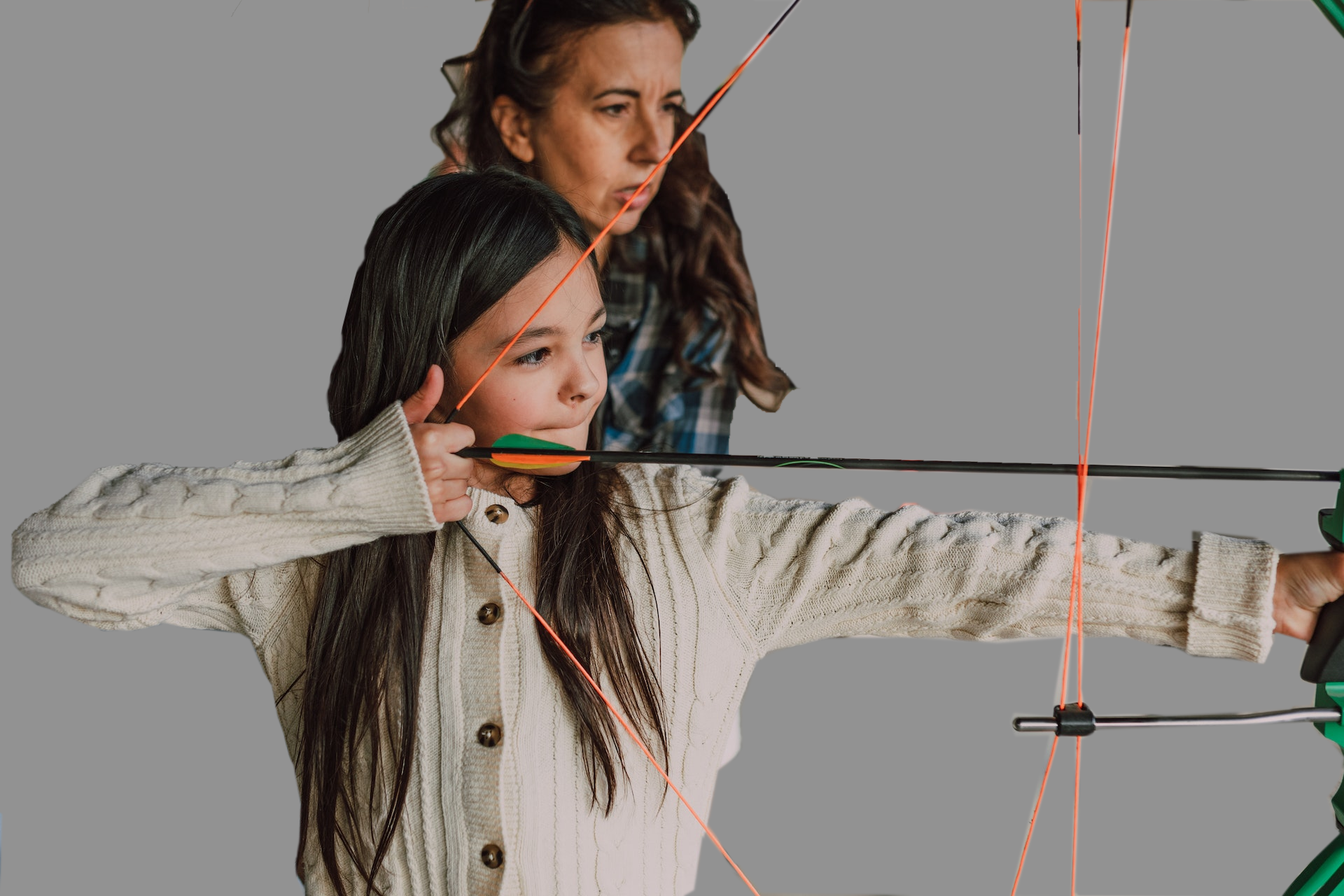Current e-Journal
-

October 03, 2023

Where we aim is what we'll achieve.
In this week’s Systems Change Newsletter…
- Invitations & Announcements
- Catalytic Thinking Exercise: Increasing the Awesome vs. Decreasing the Suck
Invitations & Announcements
What kind of planning creates visionary community change?
Before heading into your next planning session, find out what will lead you to create dramatic community impact. Next week’s webinar on Community Impact Planning will guide you! What questions lead to visionary results? And which questions kill creativity and insight? More effective planning starts here…
Catalytic Thinking Exercise:
Increasing the Awesome vs. Decreasing the Suck
In our continuing series on planning, we are reminded of an old 2011 Vlog Brothers video about reaching for what is possible. In that video, Hank Green shares this observation:
There are two ways you can make the world a better place:
You can decrease the suck, and you can increase the awesome.
These are not mutually exclusive. But they’re also not the same thing.
It’s clear that decreasing suck is extremely important. But I do not want to live in a world where we only focus on suck and never think about awesome.
Sadly, strategic planning in the nonprofit world is all about the suck.
- We respond to problems.
- We seek to prevent problems.
- And we see as our highest possible goal – the most powerful, positive condition we can imagine – the elimination of our problems.
Here’s the thing:
Eliminating something bad is not the same as creating something good.
In the social change arena, though, we have come to conflate those two, believing that “less bad” is the same as “good.”
And traditional strategic planning reinforces that thinking. Having been told that entirely eliminating social problems is an unrealistic pipe dream, our planning sounds something like this:
“We’ll never completely eliminate poverty. But we can help to reduce it, and we can support people who are living in poverty.”
That thinking guarantees that we will a) never create what is awesome and b) never truly eliminate what sucks.
Here’s why:
If we think something is unrealistic, we won’t aim for it. And we can’t accomplish what we don’t aim for.
Is it a wonder that we feel like Sisyphus in our attempts to improve the quality of life in our communities?
When we treat our vision for an equitable, healthy, humane world as an achievable goal, that work includes eliminating our problems. After all, we can’t have a humane, healthy world if there is poverty and hatred.
Eliminating our problems therefore becomes just one among many steps we must take towards creating the world we want.
Unfortunately, the opposite is not true. When we write off “a healthy, equitable, humane community” as a pipe dream, it becomes just what we use it for: a warm-up exercise. In that moment, we have precluded that powerful vision from ever being real, simply by failing to treat it as real.
Achieving what is powerful and nurturing and healthy and strong will require that we aim at that as a realistic, achievable objective.
This is not wishful thinking. It is reality. Because unless something is physically impossible, it is possible.
Future newsletters will address what it takes to turn that vision into reality. For now, though, it all starts right here, with where we aim.
Try this:
We talk a lot at Creating the Future about starting with the end in mind and setting the dominoes in place to achieve that goal.
If we are to start with the end in mind, we must be clear about the end we really want. We can’t get the ball into the basket unless we know which basket to aim for.
The simplest way we have found for defining that ultimate, high-potential goal lies in this question:
“What will that make possible?”
To reach for what you really want, just keep asking some form of that question.
Our vision is to eliminate poverty.
To what end? What will that make possible?
People will not be suffering from all the ills of poverty (physical and mental health, lack of education, underemployment, general sense of fear and uncertainty).
And what is important about that?
People will be healthier. They will be calmer. Perhaps people will get along better, when they are not living in scarcity and fear. There will be more joy, more equity, more compassion.
And what will that accomplish?
There is nothing better than that!
As you keep asking this question over and over, it becomes easy to see that eliminating poverty is one of many means to the REAL end of creating that compassionate, healthy, equitable world.
Until we actively reach for that healthy world, we will always be aiming short of that, while convincing ourselves that we have, in fact, reached as high as we can.
As Hank Green notes, we absolutely need to eliminate the suck. But if we are to create a future different from our past, it will take aiming at what we DO want, and eliminating what we do NOT want as one step in that direction. That’s why Community Impact Planning, rooted in Catalytic Thinking, aims at that high potential outcome as an achievable goal.
Because unless something is physically impossible, it is possible.
Help Keep Our Programs Freely Available
Creating the Future’s eJournal is free. And there are no financial barriers to our classes – tuition is whatever folks can afford. Because we never want money to stand in the way of people learning.
If you value our content and our approach, please donate here – and please consider becoming a monthly supporter of our work.
eJournal Archives:
If you’re new to our eJournal, or just want to remind yourself of past practice exercises we’ve shared, check out our eJournal archives here.
SUBSCRIBE
to get this e-Journal
Creating the Future is a 501(c)(3) tax exempt organization in the U.S.A

